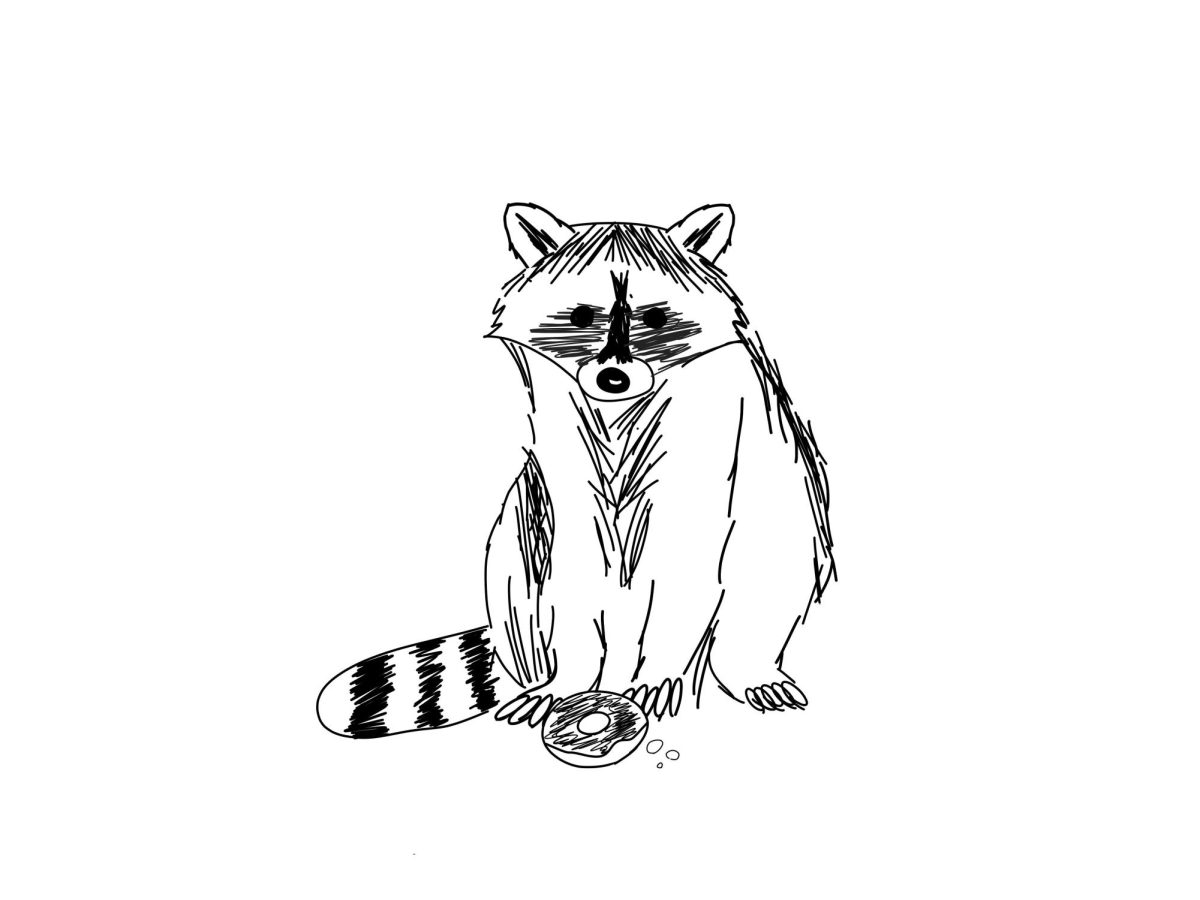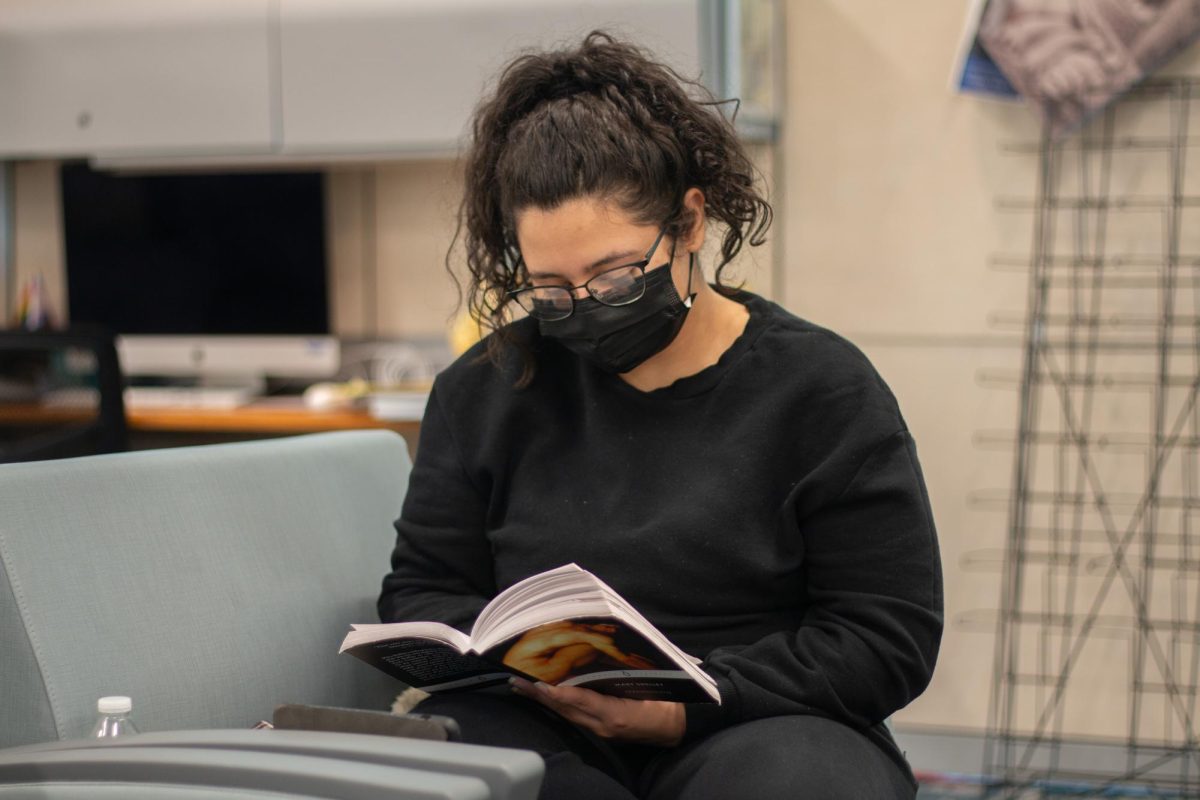Rice Round the World
April 21, 2009
ChinaTraditionally eaten in times of famine, the Chinese rice porridge known as congee seems like a fitting dish to rely on in today’s troubled economic climate. Because the dish consists simply of rice and a large amount of water cooked down until the rice becomes almost viscous, it is as easy to make as it is cheap and healthy. While congee can be eaten as is by itself, is also an excellent blank pallet to experiment with the intense flavor injections that typify Chinese cuisine. Any combination of soy sauce, garlic, ginger, scallion, Chinese five-spice, century eggs, fish, or meat if you want to get fancy about it is sure to come out a winner.
Another simple but delicious way to prepare rice that comes from the most populous country in the world is something that I’m sure you’re all familiar with: Fried rice. Despite the “fried” part of the moniker, this dish is actually also quite healthy and is shockingly simple to make. Like Congee, there are a million and one variations of this classic, but for a simple and filling meal just throw in an egg and some soy sauce and render your local greasy wok eateries version obsolete.
ItalyRisotto, hailing from the lesser-known gastronomic region of Northern Italy, is rice Italian style. This Tuscan favorite eschews the use of your traditional white rice for the slightly more complex, but not much more expensive, arborio rice. This type of rice differs from your average grain in that it has a superior ability to absorb water and release starch in such a way that produces a thick, creamy texture. To be done right, risotto requires almost constant attention, but with the simple addition of parmesan cheese (or the melty curd of your choice) your patience will be rewarded with a comforting and nutritious bowl of buonissimo mangiare.
MoroccoWhile not technically rice, couscous serves as the staple grain for large swaths of the globe where rice will not grow, particularly in Morocco and other parts of North Africa. Couscous, or kuskus if you’re a local, is actually made from semolina (coarsely ground wheat) that is rolled into pellets and sieved to produce tiny yellow pearls. Unlike rice, couscous does not require a lot of water and also does not release as much starch giving it a fluffier texture. Because of this, anything added to the dish, such as chopped mint or parsley that would normally drown in traditional rice stays fresh and crisp allowing for maximum flavor. Lightly toast your couscous in pan with oil to release some of the nuttier notes and throw in some chickpeas and tabouleh for a complete meal.










































































